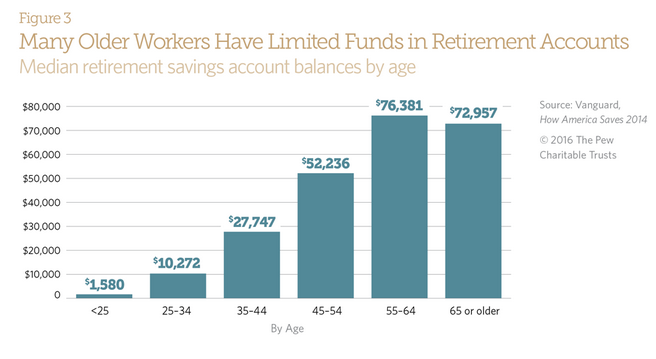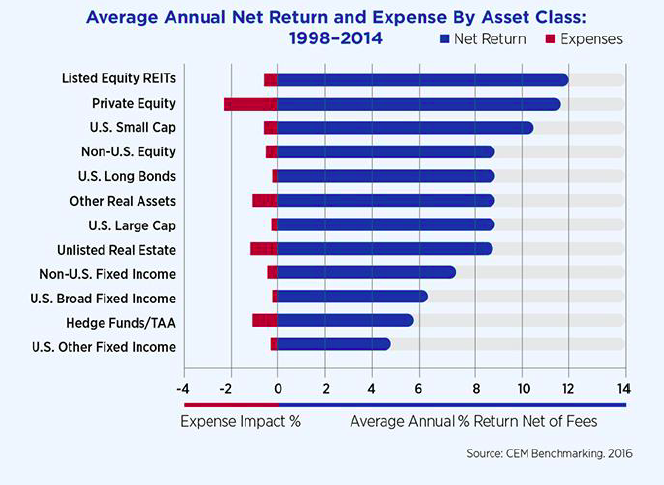The composition of a pension system’s board of trustees is associated with that state’s bond rating, according to a working paper published by three researchers from Troy University and Rhodes College.
Specifically, elected board members are typically associated with lower bond ratings, while appointed and ex oficio board members are associated with higher state bond ratings.
Higher bond ratings imply better fiscal health — and better pension system management.
Using data on state public pension systems and bond ratings for each state from each of the three major bond ratings agencies between 2001 and 2014, we find a positive relationship between outside board members and bond ratings. Having more outside members on a state pension board of trustees results in lower bond ratings and thus higher borrowing costs for the state. More specifically, we find that a 1 percent increase in the number of elected members on a pension system’s board of trustees decreases the state’s borrowing costs between $6.84 and $19.04 per $1 million in debt at a 5% interest rate.
[…]
These findings suggest that at least in the eyes of bond rating agencies, board composition does in fact matter due to spillover effects on a state’s fiscal health. Boards made up of inside members positively contribute to a state’s fiscal health. Importantly, this suggests that principal-agent problems may not be as particularly problematic as some research has suggested. Further, this may also be indicative of the prevalence of financial illiteracy that elected board members have been found to be associated with. Inside members may have stronger financial backgrounds, which does tend to be the case for both appointed and ex – officio members and appears to provide positive benefits
According to the researchers, pension systems with a board composed of a supermajority of insiders are linked to more economically and statistically sound results.

